Byblos, Well
Byblos (Hebrew גבל; Greek Βύβλος): one of the oldest cities in the world, occupied from the Neolithic until the Middle Ages, modern Jubayl.
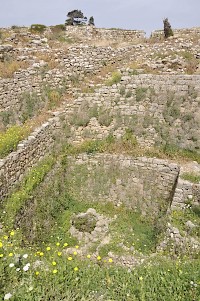
The ancient city of Byblos is situated on a promontory with two summits that are separated by a valley with a well, which has been used by the inhabitants since the Neolithic. In the Bronze Age, it was surrounded by retaining walls. The well itself could be reached by a flight of steps.
There was a temple next to the well, already in existence in the Neolithic and surrounded by an oval enclosure. To the east was the temple that is called the "L-shaped Temple" (Early Bronze Age) and "Temple with the Obelisks" (Late Bronze Age). Both sanctuaries used the waters of the well for lustration and purification rituals.
The well plays an interesting role in the mythology of Egypt, a civilization that heavily influenced Byblos and regarded the city as part of its own world. In this myth, the goddess Isis, who was looking for the dead body of her husband Osiris, met the servants of the king of Byblos near the well, and they invited her to the palace, where she found the god's body buried in one of the pillars.note
In the Roman age, there was an aqueduct and the well might have been abandoned, but there were still temples in the neighborhood that needed fresh water. Because the water level seems to have changed, a second level was dug inside the old well. All in all, the structure was about twenty meters deep, which means that the sweet water started at about sea level. The well was still in use in the 1930s and was known as Ayn al-Malik, "the King's Well".
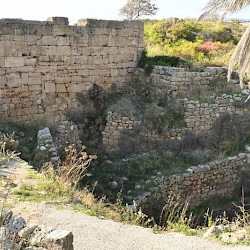 Byblos, Well and oval enclosure |
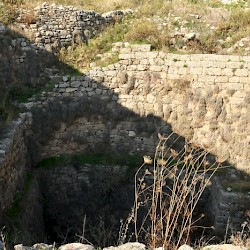 Byblos, Well |
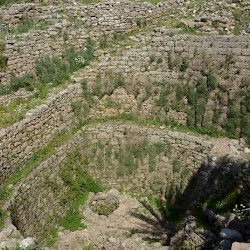 Byblos, Well |
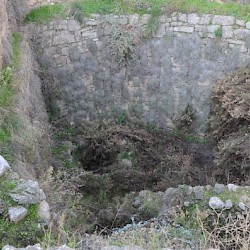 Byblos, Well |